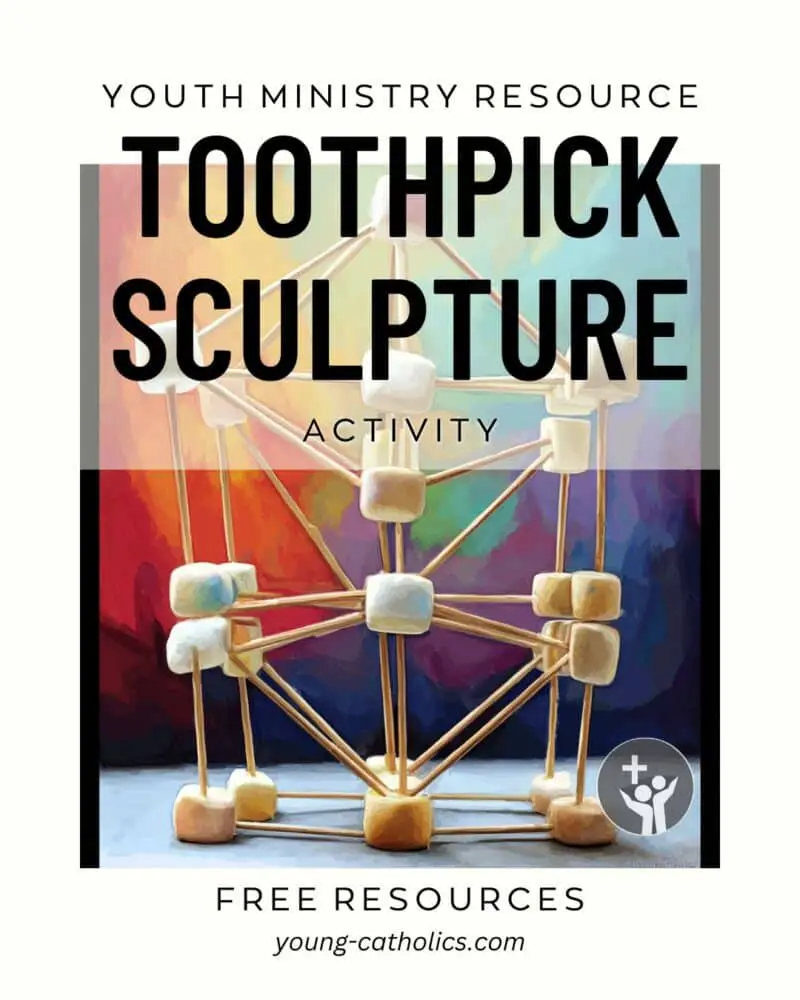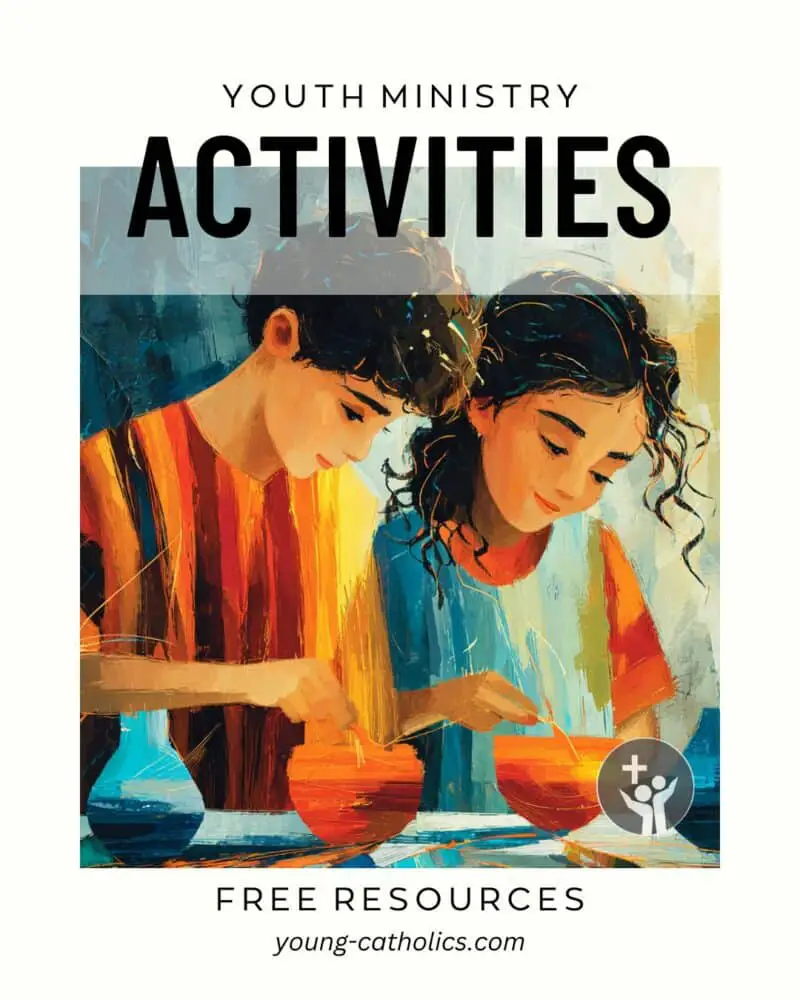Toothpick Sculptures

Toothpick sculptures are a fun and creative way for youth to express themselves. With just a few simple materials, young people can build towers, animals, or shapes from their own imagination. This hands-on activity invites them to think, plan, and create. It’s not about being perfect. It’s about exploring ideas and learning through play.
This activity also encourages problem-solving. Youth must think about how to make their structures stand up or balance well. They might try one design, then change it when it doesn’t work. This teaches flexibility and perseverance. They learn that it’s okay to make mistakes and try again.
Working with toothpicks and soft materials helps improve fine motor skills too. As they connect pieces and build, they use hand muscles in a careful and focused way. This kind of practice helps with handwriting, drawing, and other daily tasks that need strong coordination.
Toothpick sculpture activities also build community. When done in groups, youth can share ideas, laugh together, and see each other’s creativity. It opens the door to teamwork and thoughtful conversation. In a youth ministry setting, this kind of shared experience can lead to deeper connections and joy.
Building Faith One Piece at a Time
This activity can remind youth of how God builds each of us with care and purpose. Just as they join toothpicks and soft pieces to create something new, God connects the moments of our lives to form something good. It can lead into a conversation about how we are each a part of God’s design and how He gives us the tools to grow in faith.
Toothpick sculptures also connect to the idea of the Body of Christ. When done in groups, the activity shows how different people bring different ideas, strengths, and styles. But when they work together, something strong and beautiful can be made. This mirrors how the Church is made up of many members, each with their own role.
Another theme could be about building on a strong foundation. If the base of a sculpture is weak, the whole thing falls apart. Jesus tells us in the Gospel to build our lives on rock, not sand. This activity can lead into a reflection on how faith, prayer, and community help us stay strong.
In youth ministry, using creative and hands-on activities like this helps young people connect their faith to real life. It turns a simple building task into a chance to talk about trust, teamwork, and God’s plan. They don’t just hear the message—they live it.
How to Make Toothpick Sculptures
Materials Needed
- Toothpicks
Choose a mix of the following building materials:
Non-edible materials:
- Modeling clay
- Play dough
- Model magic
Edible materials:
- Mini marshmallows
- Gumdrops
- Grapes
- Soft nuts (only if no allergies)
- Apple cubes
- Cheese cubes
- Small pretzel sticks
- Thick frosting (colored if you like)
- Royal icing
Instructions
- Set up the space.
Cover tables with paper or plastic if needed. Lay out the materials so everyone can reach them. - Explain the theme.
Choose a theme for the sculptures. It could be something related to your lesson or a fun topic like animals or buildings. - Pass out materials.
Give each youth or group a handful of toothpicks and some soft building materials. - Set the timer.
Let them build for about 10 minutes. Remind them to work carefully and have fun. - Build and create.
Encourage the youth to use their imagination. If working in groups, remind them to talk and plan together. - Share and reflect.
When time is up, gather everyone. Let each person or group show their sculpture and explain what they made. - Clean up.
Throw away used toothpicks. If it’s safe, let them eat leftover edible materials. Wash hands after.
Notes and Variations
- For younger kids, use bigger pieces like apple chunks or cheese cubes.
- If doing this outside, bring hand wipes and napkins.
- Avoid nuts if anyone has allergies.
- You can make it a contest for tallest, most creative, or most stable structure.
- Tie it to a Bible story by asking youth to build something related to the story, like Noah’s Ark or the Tower of Babel.
Safety Tips
- Watch younger children with toothpicks. Remind them not to poke themselves or others.
- Do not eat anything that has touched toothpicks already used in the sculpture.
- Clean the area before and after the activity, especially if food is involved.
Lesson
God Builds Our Lives
Grade Level: 3rd–5th Grade
Time Needed: 35 minutes
Setting: Religious education, children’s liturgy of the word, youth ministry, Vacation Bible School, or other catechesis
Main Theme: God builds our lives with love, care, and purpose.
Goal: Children will understand that God is like a builder who shapes our lives and helps us grow strong in faith.
Supplies Needed:
- Toothpicks
- Play dough, modeling clay, or model magic
- Optional: marshmallows or gumdrops (only if safe and no allergies)
- Paper plates
- Bible
- Timer or clock
- Hand wipes or napkins
- Simple cross or image of Jesus
Lesson Plan
1. Welcome and Opening Prayer (5 minutes)
Gather the group.
Say: “Today we will learn that God is like a builder. He builds our lives with love.”
Pray: “Dear God, thank you for making each of us special. Help us trust you as you build our hearts and lives. Amen.”
2. Bible Reading and Discussion (5 minutes)
Read Matthew 7:24-25 aloud:
“Everyone who hears these words of mine and acts on them will be like a wise man who built his house on rock. The rain fell, the floods came, and the winds blew… but it did not fall.”
Ask:
- What happens when we build on rock?
- What helps our faith be strong like rock?
- How does God help us grow strong in faith?
Say: “God wants to help you build your life with love, truth, and joy. He gives us Jesus, prayer, Scripture, and the Church to help us grow strong.”
3. Toothpick Sculpture Activity (15 minutes)
Give each child a paper plate, some toothpicks, and soft building materials.
Say: “Now you will be builders. Use these materials to build something that stands strong.”
Set the timer for 10 minutes. Walk around and encourage the kids.
Remind them to build carefully and think about what makes a good foundation.
4. Share and Reflect (5 minutes)
Invite each child to show their sculpture.
Ask:
- What did you build?
- What helped your building stay strong?
- How is God like a builder in your life?
Say: “Just like we built these today, God is always working in us. He helps us grow when we pray, go to Mass, and help others.”
5. Closing Prayer (5 minutes)
Gather around the cross or image of Jesus.
Say: “Thank you, God, for building our lives with love. Help us to stay strong and follow you every day.”
Pray together: “God, build my life strong with your love. Help me to be kind, honest, and faithful. Amen.”
Safety Notes:
- Watch children with toothpicks. Remind them not to poke.
- Do not eat materials used in building.
- Use wipes to clean hands before and after the activity.
Extension Idea:
Send a small bag of toothpicks and play dough home with each child. Include a note: “Build something with your family and talk about how God builds our lives together.”
Resources

More Youth Ministry Activities
Looking for more creative ideas for your group? Check out our youth ministry activities page. You’ll find games, crafts, lessons, and more—each one designed to help kids grow in faith while having fun. These activities are great for classrooms, youth groups, or family settings.
From Scripture-based games to hands-on projects like toothpick sculptures, there’s something for every age and setting. Visit our youth ministry activities page to find more ways to help kids connect with God and each other.
Questions and Answers about the Toothpick Sculpture Activity
What age is this activity best for?
This activity works best for kids in grades 3 through 5. Older kids and teens can enjoy it too with harder building challenges.
Can younger kids do this activity?
Yes, but you may need to help them. Use larger pieces like apple chunks or cheese cubes to make it easier and safer.
Is it safe to eat the building materials?
Only eat the extra pieces that were not used in building. Do not eat anything with toothpicks stuck in it. Always check for allergies first.
What if we don’t have edible materials?
You can use play dough, modeling clay, or model magic. These work just as well for building.
How long does the activity take?
The whole activity takes about 30 to 40 minutes, including prayer, building time, and sharing.
What Bible story fits with this activity?
Matthew 7:24–25 is a good one. It talks about building your life on a strong foundation, like a house on rock.
Can this be done in a big group?
Yes. Just make sure everyone has enough space and materials. You can do it in small groups if needed.
How do I clean up after the activity?
Throw away used toothpicks and any food that was touched. Wipe hands and tables with wet wipes or paper towels.
What if the kids don’t know what to build?
Give them a simple idea to start with, like a house or a cross. Or let them be creative and build anything they like.
Can this be used with a faith lesson?
Yes. It ties in well with lessons about how God builds our lives, how we need strong faith, and how we are part of God’s Church.
Creative Faith with Sticks and Snacks
The Toothpick Sculpture activity is a fun and simple way to help children build with their hands while thinking about how God builds their lives. Kids use toothpicks and soft materials like clay or marshmallows to create towers, shapes, or anything they can imagine. It’s hands-on, playful, and helps them learn about teamwork, patience, and design.
This activity also ties into Scripture and faith lessons. For example, it can connect to the story of the wise builder from Matthew 7. Just like a good sculpture needs a strong base, our lives need a strong foundation in Jesus. This message is easy for kids to understand as they build and play.
Whether used in religious education, children’s liturgy, or youth ministry, the Toothpick Sculpture activity gives kids a chance to express their creativity and talk about faith in a relaxed setting. It’s a great mix of fun, learning, and sharing.
It also builds community. Children can work together and learn from each other. They get to share their ideas and see what others have made. This builds trust, friendship, and a stronger connection to the group and to God.
Your Turn
Looking for a creative way to connect kids to their faith? Try the Toothpick Sculpture activity. It works well in all kinds of settings—parish classrooms, VBS groups, or Sunday morning children’s liturgy. It doesn’t take much time or money, and kids love using their hands and minds to build.
We’d love to hear how it goes! Share your own twist on the activity in the comments. Did you use a different theme? Did the kids make something that sparked a big faith conversation? Your ideas might help someone else plan their next session. Let’s build something good together!



Leave a Reply